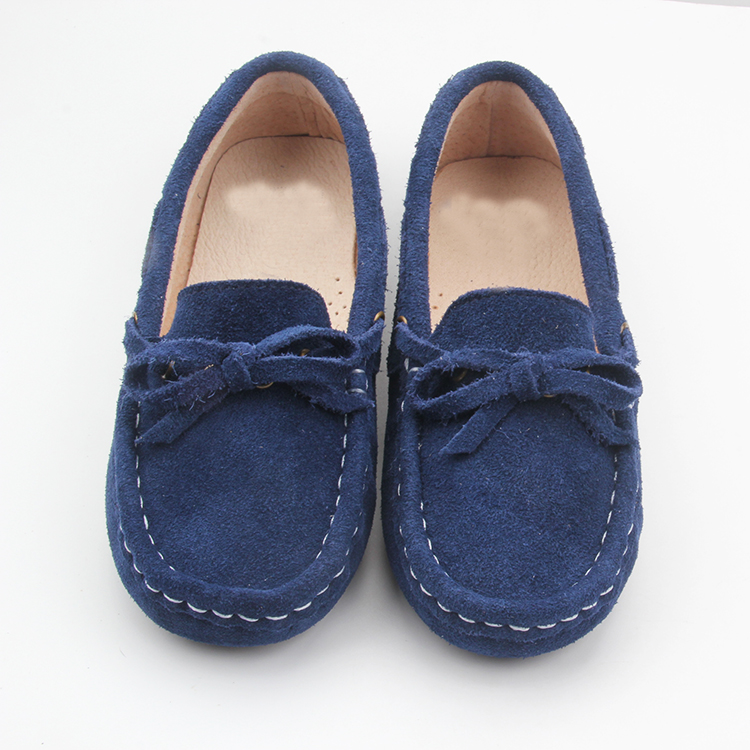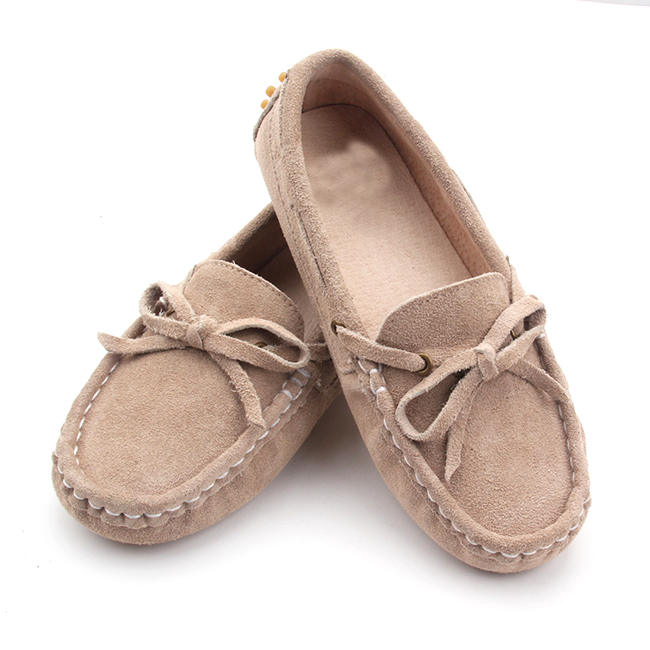First, what is compensation trade? Compensation trade refers to the trade methods and equipment that foreign manufacturers provide or use foreign import and export credit to import production technology and equipment, and that our company conducts production and repays the other's technology, equipment price or credit principal and interest in the form of selling back their products. 2. What forms of compensation trade are there? 1. Product resale, referred to as repurchase trade or referred to as resale In the compensation trade, products produced with imported equipment or other materials are generally referred to as direct products. If they are paid by direct products, they are called product sales. Generally applicable to equipment and technology trade, it is called "industrial compensation" in the world. In China, it is generally called direct compensation. 2. Commodity redemption, collectively referred to as mutual purchase The goods that the first importer uses to pay for the imported goods are not the products directly produced by the imported materials, but other commodities agreed by the two parties, that is, the indirect products. Since this kind of trade is sometimes not directly related to other production, it is called "commercial" compensation trade in developed capitalist countries. Since this compensation trade is repaid with indirect products, it is generally called indirect compensation trade in China. 3. Multilateral compensation or transfer compensation This form of compensation trade is more complicated. The party that replaces the first import by a third country undertakes or provides the obligation to compensate the product. 3. What is the difference between trade and general trade? Compensation trade and general trade have the following differences: 1. General trade is usually based on money. Compensation trade is essentially paid for by goods. 2. General commodities are usually not subject to credit. Compensation trade is often inseparable from credit. Credit is often an integral part of this trade. 3. General trade, one party is the buyer and the other party is the seller, and the transaction procedure is simple. Both parties to the compensation trade are both buyers and sellers. They have two identities. Sometimes the obligation to supply or sell can be given to third parties, and the transaction procedures are more complicated. 4. What is the difference between reimbursement trade and barter trade? Compensation trade and barter trade have the following differences: Both are directly exchanged between the buyer and the seller. Generally, currency circulation does not occur. Currency is only a means of pricing in these trades. The difference between the two is that barter trade is often a one-time act, and the buying and selling process occurs simultaneously, roughly at the same time. Compensation trades tend to last too long, some 3 to 5 years, some for more than 10 years, and each transaction often involves multiple trading activities. 5. How does the compensation trade go through the registration formalities with the customs? The operating unit and production enterprise that implements the compensation trade contract shall apply to the Customs for filing and registration within one month from the date of approval of the contract, and submit the following documents at the same time: 1. The approval letter and contract record certificate issued by the competent economic and trade department. 2. Business license issued by the administrative department for industry and commerce. 3. A copy of the contract signed externally. 4. The foreign trade and economic cooperation department approves the approved export finished product license for the export license. 5. Other documents and economic guarantees deemed necessary by the Customs. After reviewing the above documents, the Customs shall file a record of the conditions for compensatory trade, and issue the “Registration Manual for Imported Goods for Processing and Assembly and Small and Medium-sized Compensation Trade†to handle the customs clearance of goods. 6. How to apply for customs clearance for import and export goods under compensation trade? When importing raw materials, parts, components and equipment for compensation trade, and exporting processed products, the relevant foreign trade (industry and trade) companies and production company units shall hold 3 copies of the “Registration Manual†and the completed goods declaration form. Customs declaration of import and export, and submit the relevant documents such as the waybill, invoice, packing list of the goods. 7. The equipment imported under the compensation trade shall be subject to customs supervision of the goods from the date of import to the full repayment. No unit or individual may sell, transfer, sell or withdraw for other purposes without the permission of the foreign economic and trade administrative department and the approval of the customs. If it is necessary to sell and dispose of it for any reason, it shall be reported to the competent department of economy and trade for approval, reported to the customs for approval, and supplemented with customs duties according to the regulations; if it is a license to manage commodities, it shall also submit an import license. 8. Can the compensation trade products be transferred to third parties? Yes, both Chinese and foreign parties stipulate in the compensation trade contract that the product will be resold to a third party designated by both parties, and the third party must sign and confirm the contract at the same time, but it cannot be sold by the Chinese party to a third party or sold by a foreign company. If the compensation products belong to the national unified operation, export quotas and export license management commodities, the project shall be submitted to the Ministry of Economic and Trade for approval in advance. 9. Can the export product be exported after the completion of the compensation trade contract? can. However, the products that continue to be exported and the equipment and other materials purchased for export shall be handled in accordance with the general import and export goods, and shall not be used as compensation trade.
Boat shoe
Boat shoes are worn by both women and men.
Boat shoes (also known as deck shoes) are typically canvas or leather with non-marking rubber soles designed for use on a boat. A siping pattern is cut into the soles to provide grip on a wet deck; the leather construction, along with the application of oil, is designed to repel water; and the stitching is highly durable. Boat shoes are traditionally worn without socks.
History
Modern boat shoes were invented in 1935 by American Paul A. Sperry of New Haven, Connecticut after noticing his dog's ability to run easily over ice without slipping. Using a knife, he cut siping into his shoes' soles, inspiring a shoe perfect for boating and a company called Sperry Top-Sider. Sperry Top-Siders are still a popular brand of boat shoe today, among many others, including Sebago and Timberland.
Boat shoes are used by sailors, as the name suggests; however, since the 1970s they have become casual footwear in coastal areas of the United States, Canada, Argentina, Australia, China, France, Italy, Portugal, Spain, and the United Kingdom. Some boat shoes today have traditional white, non-marking soles, though many others today have dark non-marking soles. They usually have a moc-toe (like a moccasin) construction.
In the 1980s through to the early 1990s, and returning in the late 2000s, boat shoes were worn with everyday and dressy wear alike by both boys and girls and men and women. Besides being worn by themselves, many children and adults wear them with socks, especially low-cut, ankle socks and crew in white and many other bright neon and pastel colors. Many schools with uniform requirements allow boat shoes as acceptable uniform shoes.
References
hidevte
Footwear
Men's
dress shoes
Blucher Brogues Brothel creepers Court shoes Derby Monks Oxfords Slip-ons (Loafers) Spectator shoes (Co-respondent shoes) Venetian-style shoes Winklepickers Wholecuts
Women's
dress shoes
Ballet flats Court shoes High-heeled footwear Mary Janes Mojari Mules Peep-toe shoes Saddle shoes Slingbacks Slip-ons (Loafers) Venetian-style shoes Winklepickers
Other shoes
Driving moccasins Flip-flops Galoshes Platform shoes Sandals Self-tying shoes Slides Slippers Veldskoens
Wooden footwear
Bakya British clogs Cantabrian albarcas Clogs Getas Klompen Namaksin Padukas Pattens Sabot Träskor
Military footwear
Ammunition boots Bunny boots Combat boots Jackboots Jump boots Jungle boots Tanker boots Trench boots
Sport-related
footwear
Athletic shoes Ballet shoes Boat shoes Climbing shoes Cross country running shoes Cycling shoes Football boots Ghillies Hiking boots Ice skates Inline skates Jika-tabi Kung fu shoe Minimalist shoes Motorcycle boots Mountaineering boots Plimsolls Racing flats Riding boots Roller shoes Roller skates Safari boots Skate shoes Ski boots Sneakers Swimfins Water shoes Wrestling shoes
Fashion boots
Chelsea boots (Beatle boots) Chukka boots Go-go boots Knee-high boots Over-the-knee boots Platform boots Thigh-high boots Ugg boots
Work boots
Australian work boots Cowboy boots Engineer boots Hip boots Rigger boots Steel-toe boots Waders
Other boots
Jodhpur boots Wellington boots
Traditional
footwear
Abacas Abarkas Alpargatas Avarcas Balghas Bast shoes Clogs Espadrilles Galesh Giveh Haferlschuh Hnyat-phanats Huarache (shoe) Hwas Jorabs Moccasins Mojaris Mukluks Opanaks Peshawari chappals Snowshoes Valenkis Warajis Kolhapuri chappals
Historical footwear
Areni-1 shoes Buskins Caligae Chopines Crakow (Poulaine) Hessians Pampooties Pirate boots Sabatons
Shoe construction
Bespoke shoes Blake construction Goodyear welt
Socks
Anklets Bobby socks Dress socks Footwraps Knee highs Toe socks Tabi
List-Class article List of shoe styles
Stub icon This shoe-related article is a stub. You can help Wikipedia by expanding it.
Kids Boat Shoes,Children Boat Shoes,Casual Leather Shoes,Baby Loafers Shenzhen Baby Happy Industrial Co.,LTD , http://www.babyshoes.cc




September 28, 2018